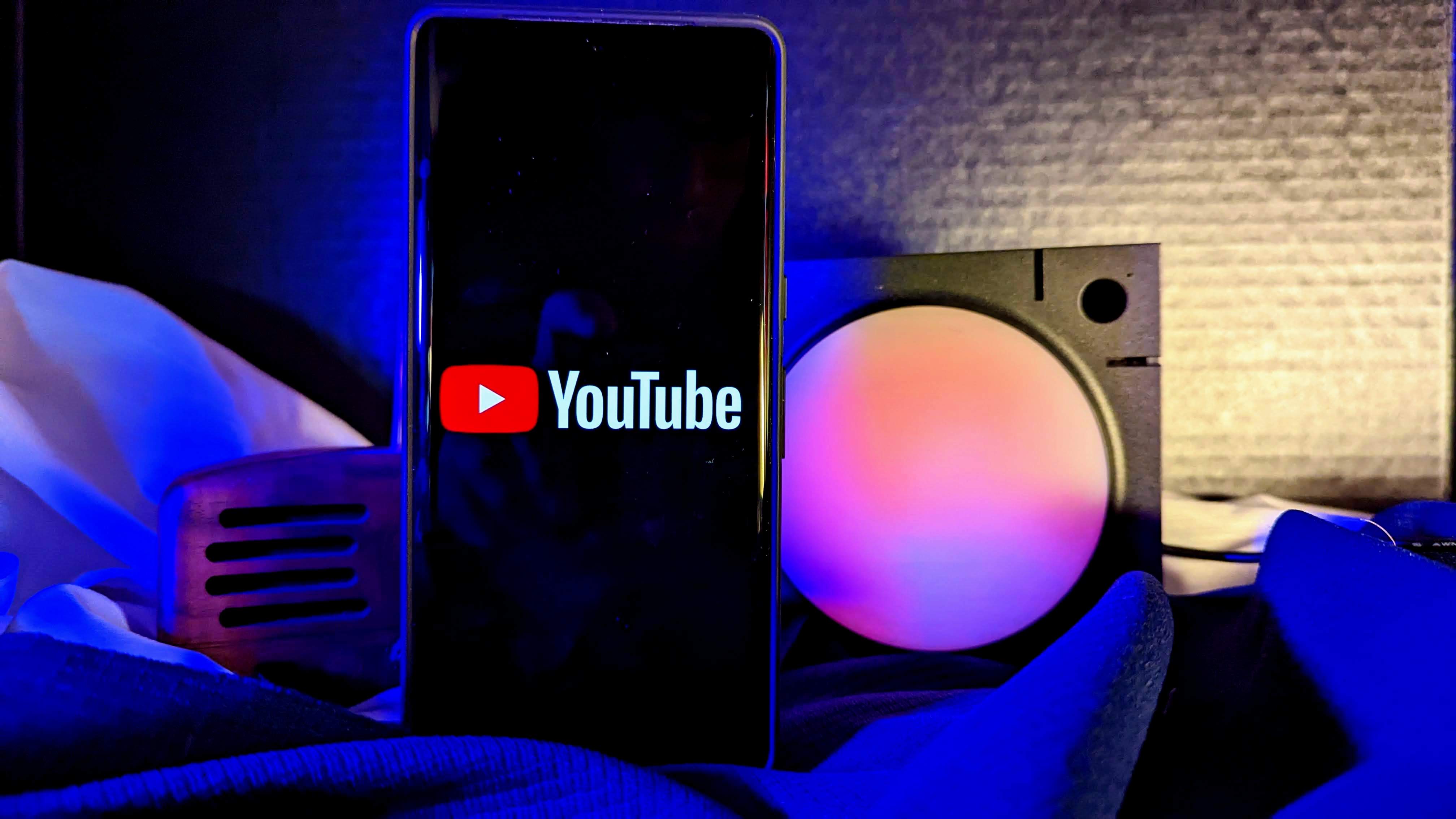The Pixel 7a rectifies my biggest issue with the Pixel 6a
The switch to a 90Hz panel makes the Pixel 7a a true all-rounder.
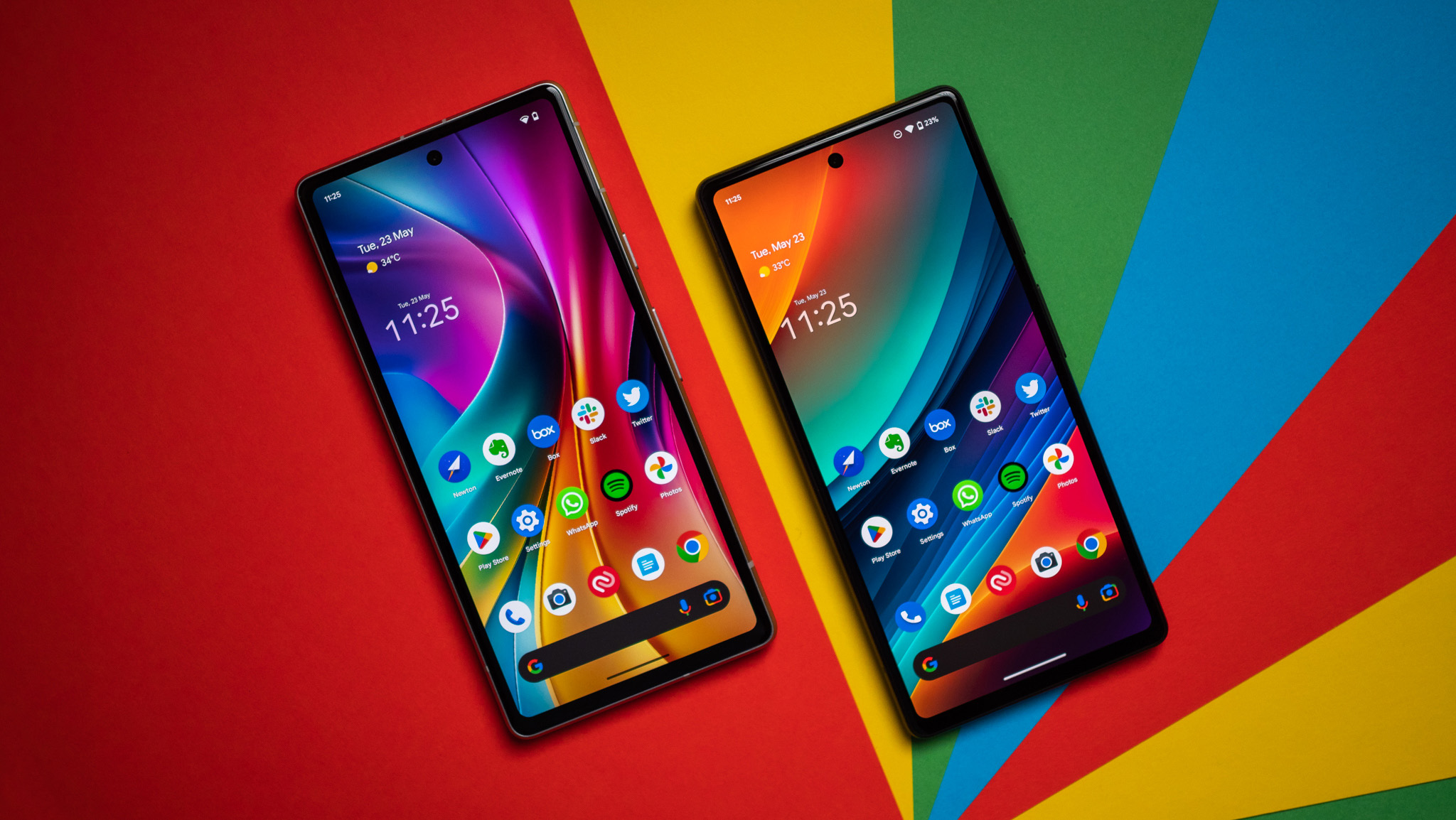
The Pixel 6a was a breakout product for Google last year; while earlier devices in the series did a decent enough job in the mid-range segment, they were lacking on the hardware front — these were not gaming phones by any measure. But Google switched things up with the Pixel 6a, offering the same Tensor platform that powered the Pixel 6 and 6 Pro. That instantly made the 6a one of the most powerful mid-range phones around.
And while the Pixel 6a didn't have the latest camera modules, it delivered a similar caliber of shots as its costlier siblings, and the same great software as all Pixel devices. In fact, the only limitation from my usage of the device was the screen; the OLED panel had good colors and contrast levels, but the fact that it was limited to 60Hz was a letdown — particularly considering the upgraded hardware.
To its credit, Google did a good job optimizing the software, and even though the Pixel 6a had a 60Hz screen, it didn't feel like that in real-world use. But still, there was a noticeable difference when using it against the likes of the Galaxy A53, which had a standard AMOLED 120Hz panel.
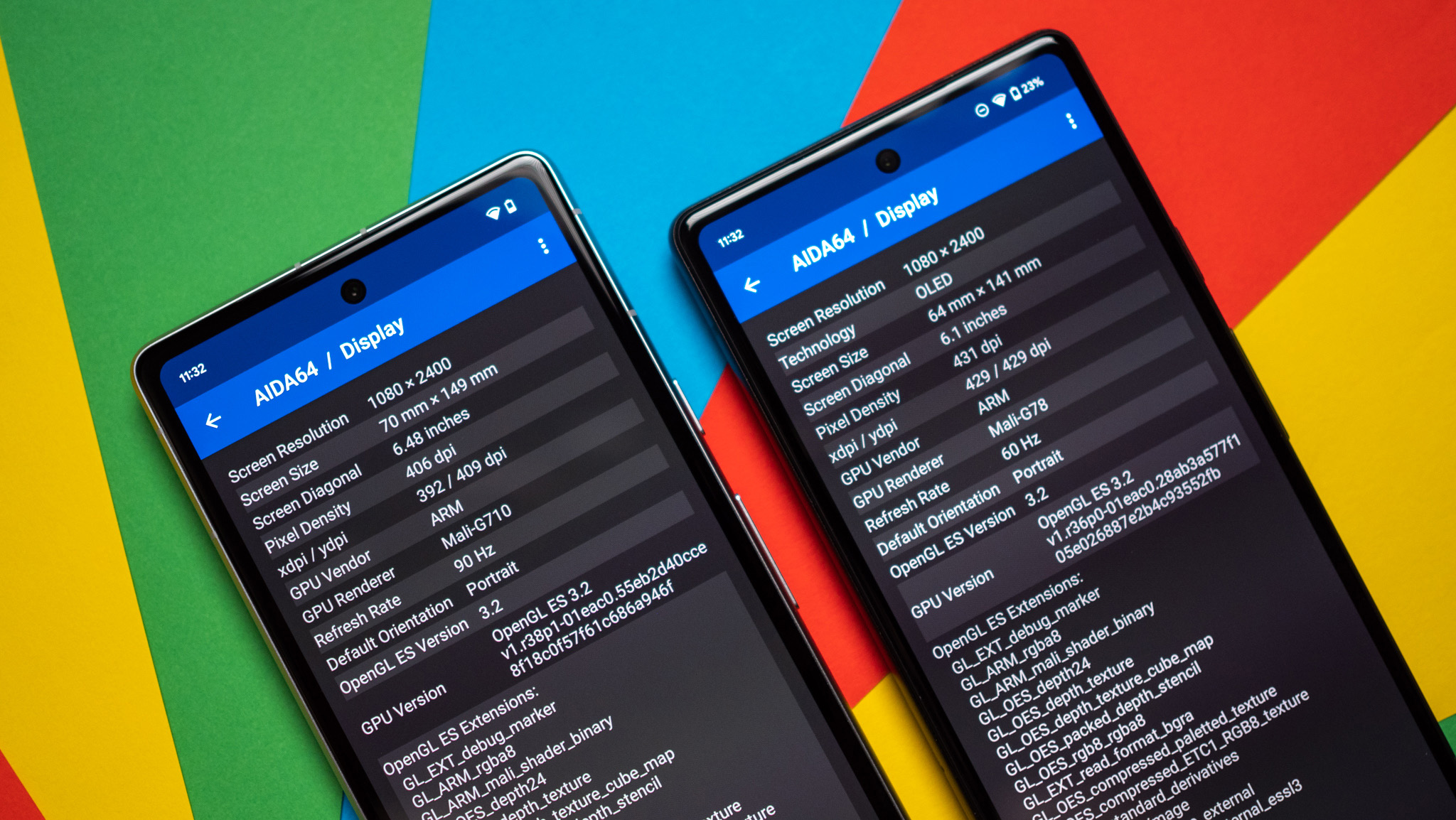
Thankfully, Google is making amends this year with the Pixel 7a. The latest phone in the Pixel A series features a 90Hz OLED panel, and it feels much smoother in daily use than its predecessor. You'll only notice this when using the Pixel 7a next to the 6a, and while I would've liked to see Google go straight to 120Hz, 90Hz by itself is a big enough differentiator. You can't notice that much of a difference when going from 90Hz to 120Hz, but there's a stark contrast when moving from 60Hz to 90Hz.
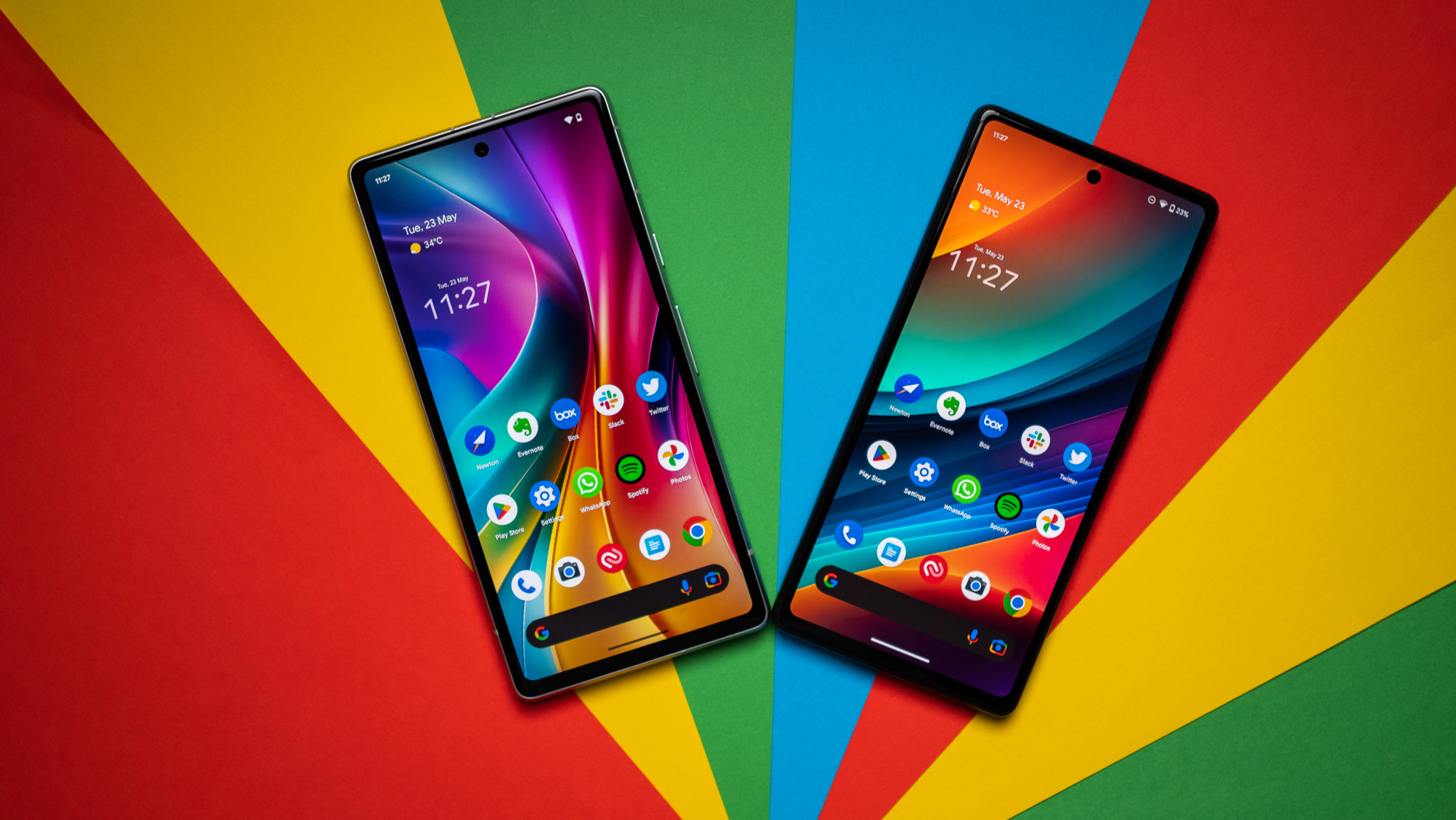
Google hasn't changed other characteristics of the display, so it still uses a layer of Gorilla Glass 3, and has similar color vibrancy as the 6a. But the high refresh rate makes the phone feel that much more fluid, and it's evident in everything from scrolling through social media to browsing long-form content and generally navigating the interface.
The Pixel 7a also has 8GB of RAM as standard, and I feel it gives it a little better headroom when it comes to multitasking. I didn't notice any issues in this regard on the 6a, but there were a few times when something in the background would close on the device — there haven't been any such problems on the 7a thus far.
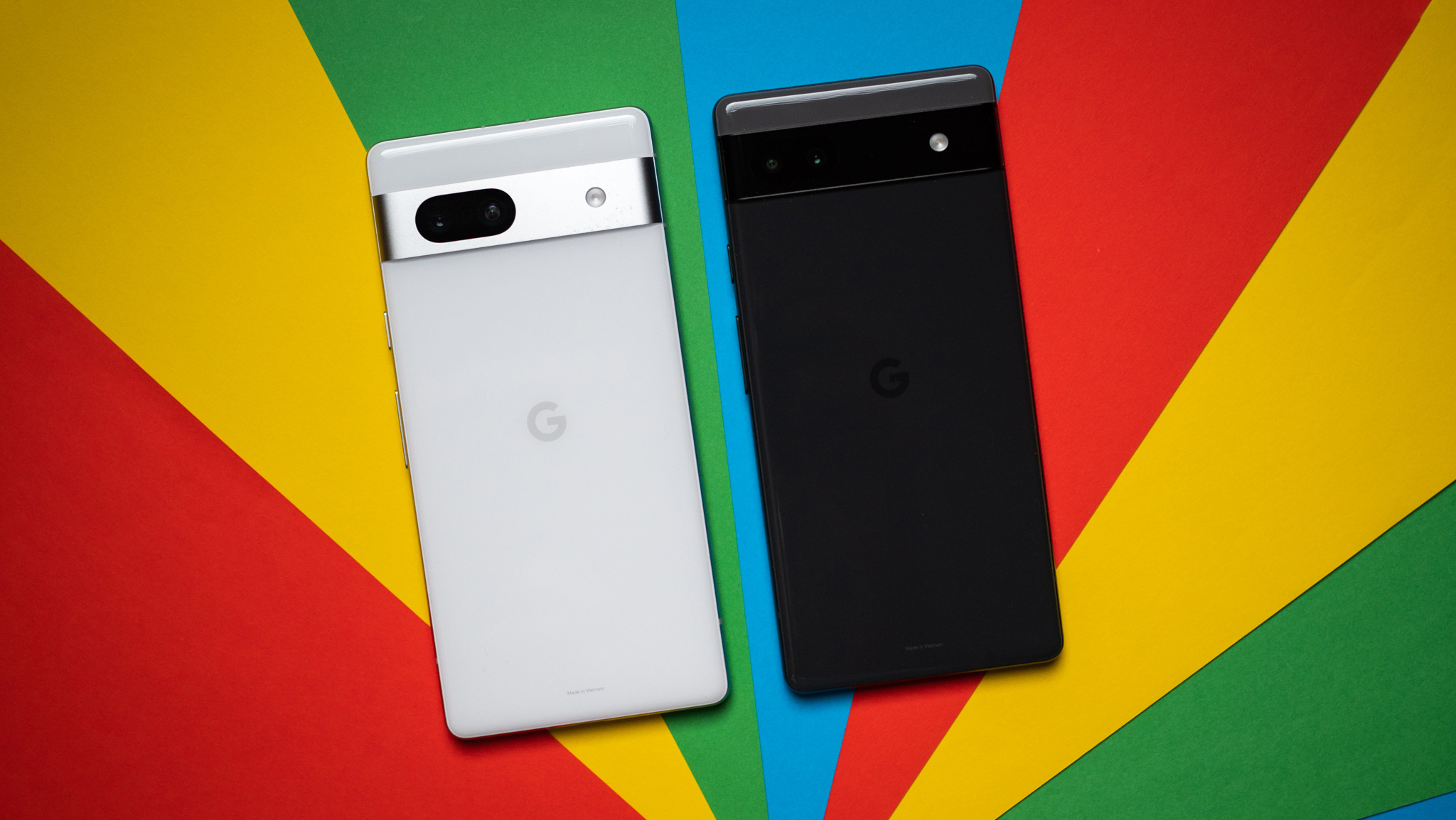
Another bugbear on the Pixel 6a was overheating, and while I didn't encounter the issue in the few weeks I used the phone last year, it was a problem at least in the initial weeks of the phone's availability.
Get the latest news from Android Central, your trusted companion in the world of Android
I tested my usual slate of games and ran synthetic benchmarks on the Pixel 7a, and while it got warm to the touch, it never got uncomfortable. Sure, it doesn't handle thermals as well as the best Android phones powered by Qualcomm's Snapdragon 8 Gen 2, but it offers the requisite performance to play visually-demanding titles at the highest settings.

Of course, any conversation around a Pixel has to focus on the cameras, and Google upgraded the hardware with the 7a, offering a 64MP f/1.9 module with OIS alongside a 13MP wide-angle lens with a wider 120-degree field of view. As you'd imagine, the 7a takes fantastic photos in just about any situation, and that's as much to do with the camera hardware as Google's incredible software tuning.
The software has also been enjoyable, and I like the bright colors and quirky widget styles in Android 13 — it makes the UI much more fun and engaging. I didn't see any issues with battery life either, even though the Pixel 7a has a marginally smaller 4385mAh battery (versus 4410mAh on the 6a). You even get wireless charging with this generation, and that's a decent enough addition.

My only complaint is that the wired charging only goes up to 18W — this is slower than even Samsung's 25W tech, and I'd like to see Google switch to a faster charging standard based with future devices. I used plenty of phones that leveraged the USB PD protocol to hit 65W, and I can't see why Google can't do the same on its Pixel hardware.
Other than that quibble, the Pixel 7a has been thoroughly enjoyable to use. Google nailed the design aesthetic — it feels nearly identical to the Pixel 7 — and the hardware on offer combined with the 90Hz panel, terrific cameras, and clean software make it a truly unique device in this category. If you're in the market for a new phone in the vicinity of $500, there's nothing that gives you quite as much as the Pixel 7a — this is the best mid-range phone of 2023.
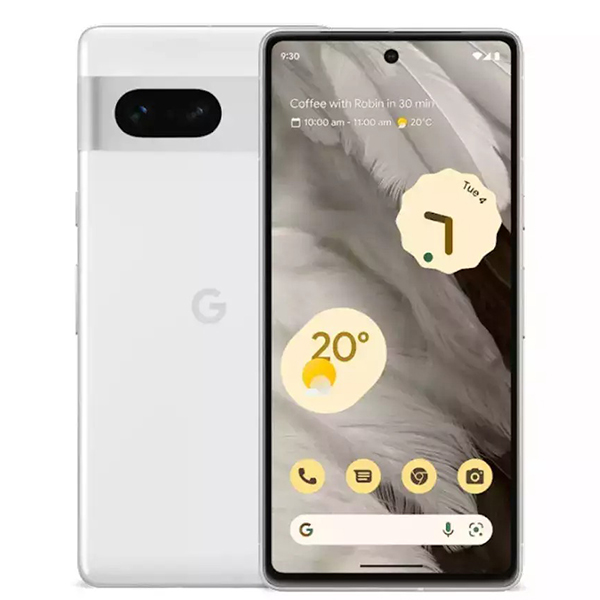
The Pixel 7a has it all: a vibrant 90Hz OLED panel, powerful hardware that's great for gaming, the best overall cameras you'll find in this segment, and clean software with useful extras. For $500, you won't find a better phone in 2023.

Harish Jonnalagadda is Android Central's Senior Editor overseeing mobile coverage. In his current role, he leads the site's coverage of Chinese phone brands, networking products, and AV gear. He has been testing phones for over a decade, and has extensive experience in mobile hardware and the global semiconductor industry. Contact him on Twitter at @chunkynerd.
